Home>Interior Design>Backyard Ideas: 25 Inspiring Looks For Your Outdoor Space
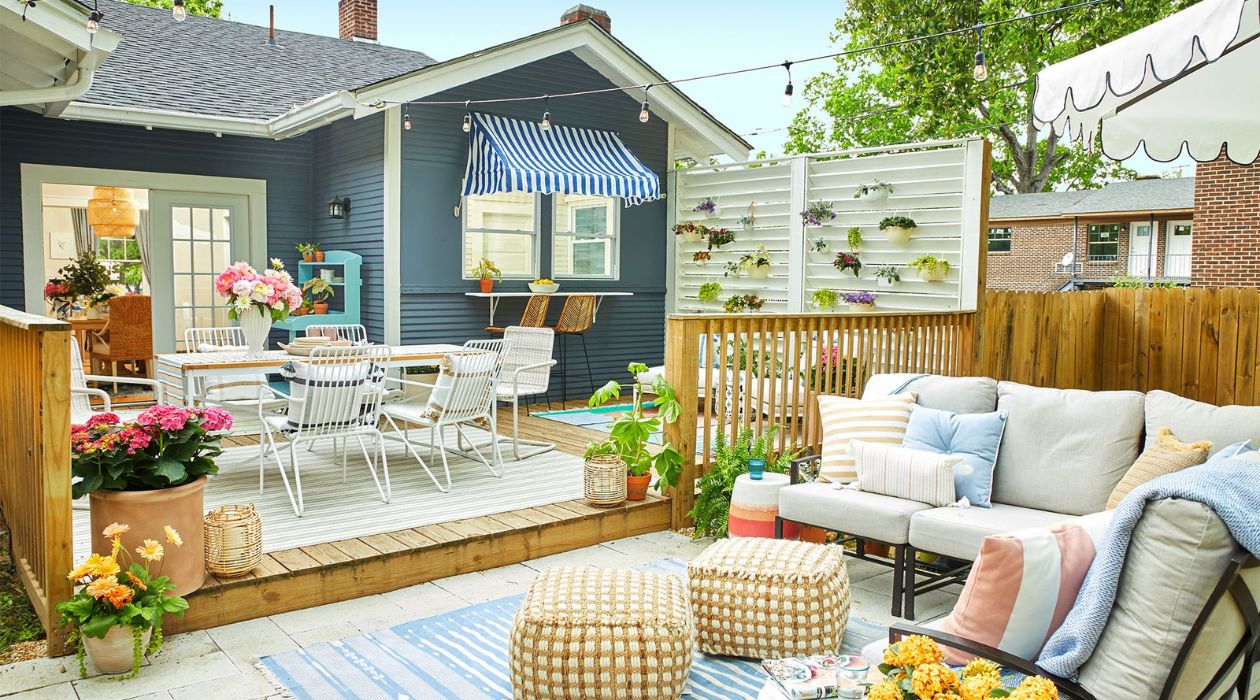

Interior Design
Backyard Ideas: 25 Inspiring Looks For Your Outdoor Space
Modified: October 20, 2024
Get inspired with these 25 stunning backyard ideas to transform your outdoor space. From cozy seating areas to beautiful landscaping, discover how to create the perfect interior-design for your backyard.
(Many of the links in this article redirect to a specific reviewed product. Your purchase of these products through affiliate links helps to generate commission for Storables.com, at no extra cost. Learn more)
Introduction
Creating a beautiful and functional outdoor space is key to enjoying your home to the fullest. Your backyard can be transformed into a stunning oasis that reflects your personal style and provides a tranquil escape from the hustle and bustle of everyday life. Whether you have a large yard or a small patio, there are countless possibilities for designing an inviting and inspiring outdoor area.
In this article, we will explore 25 inspiring backyard ideas that will help you transform your outdoor space into a haven of relaxation, entertainment, and beauty. From cozy seating areas to lush gardens, stylish fire pits, and fun-filled play zones, we’ll cover a wide range of options to suit any taste and budget.
So, grab a cup of coffee, sit back, and get ready to be inspired by these fantastic backyard ideas that will make you want to spend more time outdoors.
Key Takeaways:
- Create an inviting outdoor oasis with cozy seating areas, relaxing garden retreats, and stylish fire pits. Incorporate lush greenery, water features, and entertainment options for a truly captivating backyard experience.
- Transform your backyard into a haven of relaxation, entertainment, and beauty with creative garden decor, outdoor lighting, and privacy solutions. From dining al fresco to fun-filled play zones, these ideas will elevate your outdoor space.
Cozy seating areas
Creating a cozy seating area in your backyard is essential for providing a comfortable space to relax and unwind. Here are three ideas to help you create a perfect outdoor living room:
– Outdoor living room: Transform a corner of your backyard into an outdoor living room by arranging a set of comfortable sofas or lounge chairs. Add a coffee table and some decorative cushions to create a cozy and inviting space for gathering with family and friends. You can also incorporate an outdoor rug and some outdoor curtains to define the area and add a touch of elegance.
– Patio conversation set: If you have a smaller space, a patio conversation set is a great option. These furniture sets typically include two chairs and a small table, perfect for intimate conversations and enjoying a cup of tea. Look for durable materials such as wicker or metal that can withstand the outdoor elements while providing comfort and style.
– Hanging swing chair: For a unique and whimsical seating option, consider adding a hanging swing chair to your backyard. This cozy and relaxing chair adds a touch of playfulness and can be a great spot to curl up with a book or simply enjoy the gentle swaying motion. Hang it from a sturdy tree branch or install a freestanding frame specifically designed for hanging chairs.
A cozy seating area is not only a place for relaxation but also a focal point for your backyard design. By choosing furniture that matches your style and adding decorative elements such as outdoor pillows, throws, and potted plants, you can create a space that is both inviting and visually appealing.
Relaxing garden retreats
Creating a tranquil and rejuvenating atmosphere in your backyard is the ultimate goal of a relaxing garden retreat. Here are three ideas to help you design a peaceful and serene outdoor space:
– Zen garden: A Zen garden is a perfect addition to create a sense of harmony and balance in your backyard. It typically consists of carefully arranged rocks, sand or gravel, and minimalist plants. The simplicity and tranquility of a Zen garden make it a wonderful spot for meditation or simply finding peace amidst the hustle and bustle of everyday life.
– Hammock oasis: Nothing says relaxation quite like lounging in a hammock. Create a hammock oasis by hanging two sturdy posts or trees and attaching a hammock between them. Surround the area with soft, lush foliage or install a shade sail to provide some relief from the sun. It’s the perfect spot to curl up with a good book or take a leisurely afternoon nap.
– Meditation corner: If you enjoy practicing mindfulness or meditation, consider creating a dedicated meditation corner in your backyard. This can be as simple as setting up a comfortable meditation cushion or bench in a quiet corner surrounded by plants and flowers. Add a small water feature or wind chimes to enhance the soothing ambience and create a calm and peaceful environment to practice mindfulness.
A relaxing garden retreat is all about creating a space where you can escape from the stresses of daily life and find inner peace. By incorporating elements of nature, such as the sound of running water or the soft rustling of leaves, you can create a serene environment that promotes relaxation and a sense of calm.
Dining al fresco
There’s something special about dining outdoors; it allows you to enjoy nature while savoring delicious meals with family and friends. Here are three ideas for creating a delightful dining experience in your backyard:
– Outdoor dining table: Invest in a sturdy and stylish outdoor dining table that can accommodate your family and guests. Choose a table made of weather-resistant materials such as teak or aluminum, and pair it with comfortable chairs or benches. Enhance the ambiance by adding a colorful tablecloth, outdoor-friendly dinnerware, and ambient lighting with string lights or candle lanterns.
– Barbecue station: A barbecue station is an essential addition for outdoor dining enthusiasts. Install a built-in grill or invest in a portable barbecue that suits your needs. Create a designated area for prepping and cooking, with ample counter space and storage for utensils, sauces, and spices. Designate a spot nearby for a dining area where your guests can enjoy freshly grilled meals.
– Picnic area: If you prefer a more casual and relaxed dining experience, set up a picnic area in your backyard. Spread out a large picnic blanket and add some comfortable floor cushions or low seating options. Set up a portable table or a wooden plank atop crates for food and beverages. This laid-back setup is perfect for enjoying a summery picnic with family and friends.
Dining al fresco not only allows you to enjoy the beauty of nature while eating but also adds a touch of elegance and charm to your backyard. Whether it’s an intimate dinner or a festive gathering, having a dedicated space for outdoor dining ensures that you can make the most of pleasant weather or create an enchanting atmosphere under the stars.
Fun-filled play zones
Creating fun-filled play zones in your backyard is a great way to keep both kids and adults entertained. Here are three ideas for designing playful areas that will bring joy and laughter to your outdoor space:
– Playground area: Build a dedicated playground area that offers a variety of activities and equipment suitable for different age groups. Install swings, a slide, and a climbing structure to encourage physical activity and adventure. Make sure to include safety measures such as soft rubber mulch or padded flooring to prevent injuries. A playground area will provide endless fun and excitement for kids, making your backyard the go-to destination for playdates and family gatherings.
– Trampoline setup: A trampoline is a classic backyard feature that guarantees hours of laughter and jumping fun. Choose a size that fits your space and install safety netting to prevent accidents. Let the kids (and the young at heart) bounce away and release their energy in a safe and enjoyable way. Consider adding some colorful cushions or a small inflatable pool nearby for added fun.
– Sandbox corner: Create a sandbox corner where kids can dig, build sandcastles, and let their imagination run wild. Use a sturdy sandbox with a cover to keep the sand clean and protected from the elements. Add buckets, shovels, and molds to encourage creativity and sensory play. This area will not only provide entertainment but also help children develop their fine motor skills and creativity.
Adding fun-filled play zones to your backyard creates a space for children to explore, play, and make lasting memories. It also offers opportunities for families to bond and engage in physical activities together, fostering a sense of togetherness and joy.
Stylish fire pits
A stylish fire pit adds warmth, ambiance, and a focal point to your backyard. Here are three ideas to help you incorporate a fire pit into your outdoor space:
– Portable fire pit: A portable fire pit is a versatile option that allows you to enjoy a cozy fire anywhere in your backyard. These fire pits come in various sizes and designs, from sleek and modern to rustic and traditional. Place it on your patio, deck, or even in the center of your lawn, surrounded by seating for a perfect gathering spot. Portable fire pits are easy to move and can be stored away when not in use.
– Built-in fire feature: For a more permanent and stylish option, consider a built-in fire feature. These can be custom-designed to complement your backyard’s aesthetics. Options range from a stone or brick fire pit to a fire table with a built-in seating area. A built-in fire feature creates a captivating focal point and an inviting space for cozy gatherings with family and friends.
– Chiminea centerpiece: A chiminea is a freestanding, decorative fireplace that adds charm and character to your backyard. Traditionally made of clay or cast iron, a chiminea can be placed on your patio or deck as a centerpiece. Not only does it provide warmth and a mesmerizing fire display, but it also adds a touch of Old World charm to your outdoor space.
Regardless of the type of fire pit you choose, always prioritize safety by placing it on a fire-resistant surface and keeping it away from flammable materials. Ensure proper ventilation and never leave the fire unattended.
A stylish fire pit creates an inviting ambiance and extends the usability of your backyard during cooler evenings. Gather around the flickering flames, roast marshmallows, or simply enjoy the mesmerizing glow that a fire pit brings to your outdoor space.
Creative garden decor
Adding creative garden decor to your backyard can truly transform it into a magical and enchanting space. Here are three ideas for incorporating unique and eye-catching decor into your garden:
– Flower pot arrangements: Arrange a variety of flower pots in different sizes, shapes, and colors to create a stunning display in your garden. You can mix and match different types of plants, such as colorful annuals, fragrant herbs, or cascading vines, to add depth and visual interest. Experiment with different arrangements, such as grouping pots together or placing them at varying heights, to create a dynamic and vibrant garden focal point.
– Wind chimes and mobiles: Hang wind chimes or mobiles in your garden to add a touch of whimsy and create soothing sounds as the breeze moves through. Choose chimes made of different materials, such as bamboo, metal, or glass, to create a variety of tones and melodies. Mobiles with colorful, lightweight objects such as feathers, seashells, or metallic ornaments can also add visual interest and movement to your garden space.
– Garden sculptures: Incorporate unique garden sculptures or statues to add personality and charm to your outdoor space. Choose sculptures that reflect your personal style or tell a story, whether it’s a playful gnome, a serene Buddha, or an abstract piece of art. Place them strategically throughout your garden to create visual focal points and invite curiosity and exploration.
By adding creative garden decor, you can infuse your backyard with your own personal style and create a space that reflects your unique taste and personality. These decorative elements will not only enhance the visual appeal of your garden but also create a whimsical and inviting atmosphere for you to enjoy.
Consider incorporating a mix of hardscaping and landscaping elements in your backyard design to create a balanced and visually appealing outdoor space. This can include features such as patios, pathways, and garden beds to add interest and functionality to your backyard.
Lush greenery
Adding lush greenery to your backyard can instantly transform it into a peaceful and refreshing oasis. Here are three ideas for incorporating greenery into your outdoor space:
– Vertical garden: If you have limited space, a vertical garden is a fantastic way to maximize the greenery in your backyard. Install vertical planters or repurpose pallets to create a stunning living wall. Choose a variety of plants with different textures and colors to create an eye-catching display. Vertical gardens not only add visual appeal but also help purify the air and create a sense of tranquility.
– Hanging planters: Hang planters from pergolas, fences, or tree branches to add a beautiful cascading effect to your backyard. Choose hanging planters that complement your style and plant them with trailing foliage such as ivy, ferns, or petunias. These hanging planters create a lush and serene ambiance while also making use of vertical space.
– Potted plants: Place potted plants strategically throughout your backyard to add pops of color and texture. Choose a variety of plant sizes and shapes to create visual interest. Utilize different types of pots, such as terracotta, ceramic, or hanging baskets, to add a touch of style and variety. Mix flowering plants, herbs, and foliage to create a diverse and vibrant display.
Greenery not only adds beauty to your backyard but also brings numerous benefits. It creates a sense of relaxation, improves air quality, and provides a sanctuary for birds and insects. Whether you have a large yard or a small patio, adding lush greenery will create a lush and inviting outdoor space.
Outdoor lighting ideas
Outdoor lighting plays a crucial role in creating a warm and inviting ambiance in your backyard. Here are three ideas for incorporating outdoor lighting into your outdoor space:
– String lights: String lights are a versatile and enchanting lighting option that can instantly transform your backyard into a magical wonderland. Hang them across your patio, deck, or pergola to create a soft and romantic glow. You can choose from various types of string lights, including traditional incandescent bulbs or energy-efficient LED lights. String lights are perfect for creating a cozy atmosphere for outdoor gatherings or adding a touch of whimsy to your garden.
– Pathway lighting: Illuminate your garden pathways and walkways with pathway lighting fixtures. These can be solar-powered, LED, or low-voltage fixtures that are designed to light up your paths, ensuring safety and adding an elegant touch to your outdoor space. Choose fixtures that blend well with your garden aesthetics and consider placing them strategically to highlight specific features such as flower beds or statues along the pathway.
– Solar lanterns: Solar lanterns are a sustainable and hassle-free lighting solution for your backyard. They come in various shapes, sizes, and designs, and provide a soft and warm glow. Solar lanterns are powered by sunlight during the day and automatically turn on at dusk. These lanterns can be placed on tables, hung from pergolas, or even floated in a pond to create a captivating and energy-efficient lighting display.
Outdoor lighting not only adds beauty and charm but also extends the usability of your outdoor space into the evening hours. By incorporating string lights, pathway lighting, or solar lanterns, you can create a cozy and inviting atmosphere, allowing you and your guests to enjoy your backyard long after the sun sets.
Read more: Great Backyard Pond Ideas For Your Garden
Water features
Water features bring a sense of tranquility and serenity to any backyard. Here are three ideas for incorporating water features into your outdoor space:
– Fountain centerpiece: A fountain can serve as a stunning centerpiece in your backyard. Choose a fountain that complements your style, whether it’s a classic tiered design, a sleek modern sculpture, or a whimsical statue. The sound of flowing water creates a soothing atmosphere and masks other noises, creating a peaceful ambiance. Place the fountain in a prominent area where it can be admired and enjoyed by you and your guests.
– Pond or small waterfall: If you have enough space, consider adding a pond or a small waterfall to your backyard. The sight and sound of water cascading over rocks or running through a stream can create a truly calming and natural environment. Incorporate aquatic plants, such as water lilies or lotus, to add beauty and enhance the ecosystem. A pond can also attract wildlife, such as birds or frogs, further enriching your backyard experience.
– Birdbath garden: Create a dedicated area for birds to visit and bathe by incorporating a birdbath into your garden. Choose a birdbath that suits your style and complements the overall aesthetics of your backyard. Place it in a quiet and easily accessible spot, preferably near trees or shrubs. Add some stones or pebbles to provide perching spots and a shallow pool of water for the birds to enjoy.
Water features add a touch of elegance and create a sense of tranquility in your backyard. Whether it’s a fountain, pond, or birdbath, incorporating water elements will enhance your outdoor space and bring a refreshing and soothing atmosphere for you to enjoy.
Entertainment options
Creating a backyard that offers various entertainment options ensures that you and your guests never get bored. Here are three ideas to add fun and excitement to your outdoor space:
– Outdoor movie theater: Turn your backyard into a cozy outdoor movie theater where you can enjoy your favorite films under the stars. Set up a projector and a screen, or use a white wall or a large sheet. Arrange comfortable seating options such as bean bags, outdoor lounge chairs, or even blankets and pillows on the grass. Don’t forget to provide popcorn, snacks, and drinks for a complete movie night experience.
– Game area: Set up a dedicated game area where you can enjoy outdoor games with family and friends. Classic games such as cornhole, ping pong, ladder toss, or horseshoes are always a hit. Arrange game stations and provide all the necessary equipment, such as game boards, balls, and other supplies. An open grassy area or a paved patio can be transformed into a fun-filled game zone for friendly competitions and laughter.
– Outdoor kitchen setup: Create the ultimate outdoor cooking and dining experience with an outdoor kitchen setup. Install a grill, a countertop workspace, a sink, and storage for utensils and supplies. Add a dining area with a large table and comfortable seating so that you can easily entertain and prepare delicious meals. An outdoor kitchen setup allows you to enjoy the fresh air and keep the heat outside while you create culinary delights for your family and guests.
By incorporating entertainment options, you can make your backyard a haven for fun and memorable experiences. Whether it’s watching movies under the stars, engaging in friendly games, or cooking delicious meals, these entertainment options will keep everyone entertained and create lasting memories in your outdoor space.
Privacy solutions
Creating privacy in your backyard is essential to make it a truly intimate and comfortable space. Here are three ideas for adding privacy to your outdoor area:
– Decorative fencing: Install a decorative fence around your backyard to create a private and stylish enclosure. Choose a fence design that complements your home’s architecture and matches your personal style. Options range from classic and elegant wrought iron fencing to modern and sleek horizontal slat fences. A well-designed fence not only provides privacy but also adds beauty and definition to your outdoor space.
– Patio curtains or screens: Add privacy and shade to your patio or deck by hanging curtains or using privacy screens. Choose outdoor curtains made of weather-resistant fabric that can be easily opened or closed. Privacy screens can be made of various materials such as bamboo, lattice, or outdoor fabric panels. These versatile options allow you to adjust the level of privacy and create a cozy and intimate atmosphere as needed.
– Trellis with climbing plants: Install a trellis along the perimeter of your backyard and cover it with climbing plants such as ivy, jasmine, or bougainvillea. These plants not only add a beautiful green backdrop but also provide natural privacy as they grow and fill in the trellis. The combination of a trellis and climbing plants creates a living and vibrant barrier, giving you privacy while adding an enchanting touch to your outdoor space.
By incorporating privacy solutions, you can create a secluded and peaceful sanctuary in your backyard. Whether it’s using decorative fencing, patio curtains, or a trellis with climbing plants, these solutions will allow you to enjoy your outdoor area without worrying about prying eyes and interruptions.
Conclusion
Transforming your backyard into an inviting and inspiring outdoor space is an exciting endeavor. With the right ideas and considerations, you can create a haven that reflects your personal style and enhances your lifestyle. From cozy seating areas and relaxing garden retreats to entertaining options and privacy solutions, there are endless possibilities to design a backyard that suits your needs and preferences.
Cozy seating areas, whether it’s an outdoor living room, a patio conversation set, or a hanging swing chair, provide a comfortable space for relaxation and gathering with loved ones. Relaxing garden retreats such as Zen gardens, hammock oases, and meditation corners offer a soothing and serene atmosphere for finding moments of peace and tranquility.
When it comes to dining al fresco, an outdoor dining table, a barbecue station, or a picnic area create delightful spaces for enjoying meals and making memories. Fun-filled play zones with a playground area, a trampoline setup, or a sandbox corner ensure endless entertainment and excitement for kids and adults alike.
A stylish fire pit, such as a portable fire pit, a built-in fire feature, or a chiminea centerpiece, adds warmth and ambiance to your backyard gatherings. Creative garden decor, including flower pot arrangements, wind chimes, and garden sculptures, adds personality and charm to your outdoor space.
Lush greenery in the form of vertical gardens, hanging planters, and potted plants creates a refreshing and vibrant atmosphere. Outdoor lighting ideas, such as string lights, pathway lighting, and solar lanterns, extend the usability and enchantment of your backyard into the evening hours.
Water features like fountain centerpieces, ponds or small waterfalls, and birdbath gardens bring a sense of tranquility and serenity to your outdoor space. Entertainment options including outdoor movie theaters, game areas, and outdoor kitchen setups ensure fun-filled gatherings and endless enjoyment.
Lastly, privacy solutions like decorative fencing, patio curtains or screens, and trellises with climbing plants create a secluded and intimate environment for you to enjoy in privacy and comfort.
Incorporating these ideas into your backyard design will help you create an outdoor space that is not only visually appealing and functional but also reflects your personal style and enhances your lifestyle. Whether you’re looking for a peaceful retreat, an entertainment hub, or a multifunctional space for relaxation and socializing, these backyard ideas will set the stage for memorable moments and enjoyable experiences.
So, don’t delay any longer – start planning and transforming your backyard into a stunning and captivating outdoor space that you and your loved ones can cherish for years to come.
Frequently Asked Questions about Backyard Ideas: 25 Inspiring Looks For Your Outdoor Space
Was this page helpful?
At Storables.com, we guarantee accurate and reliable information. Our content, validated by Expert Board Contributors, is crafted following stringent Editorial Policies. We're committed to providing you with well-researched, expert-backed insights for all your informational needs.
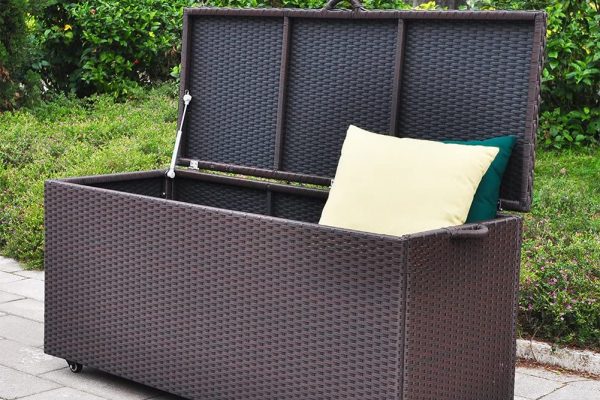
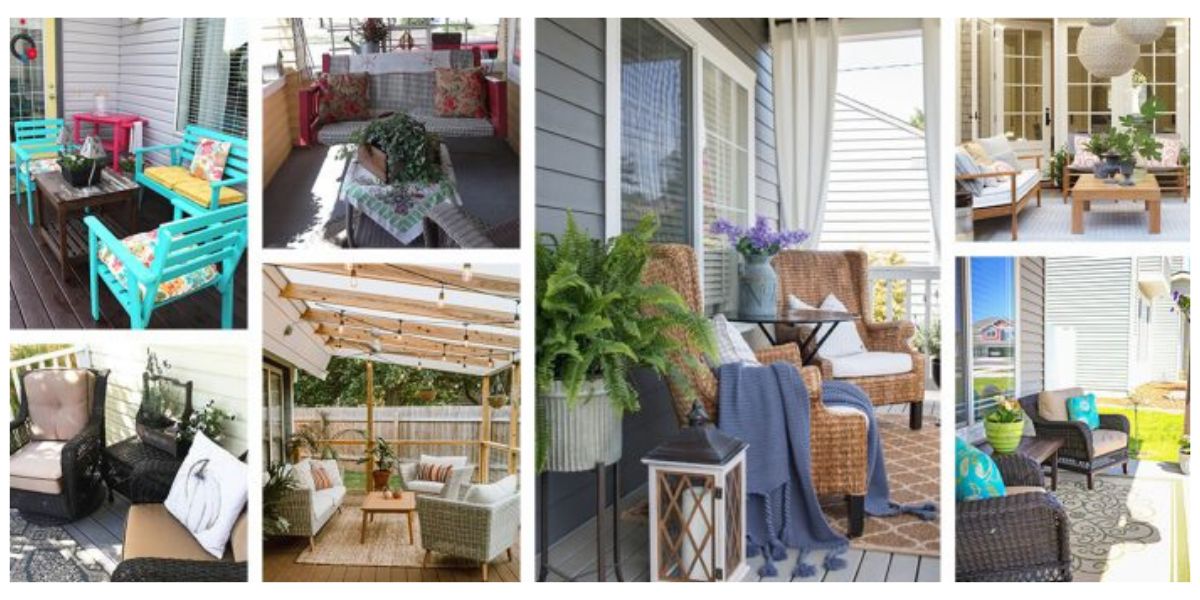
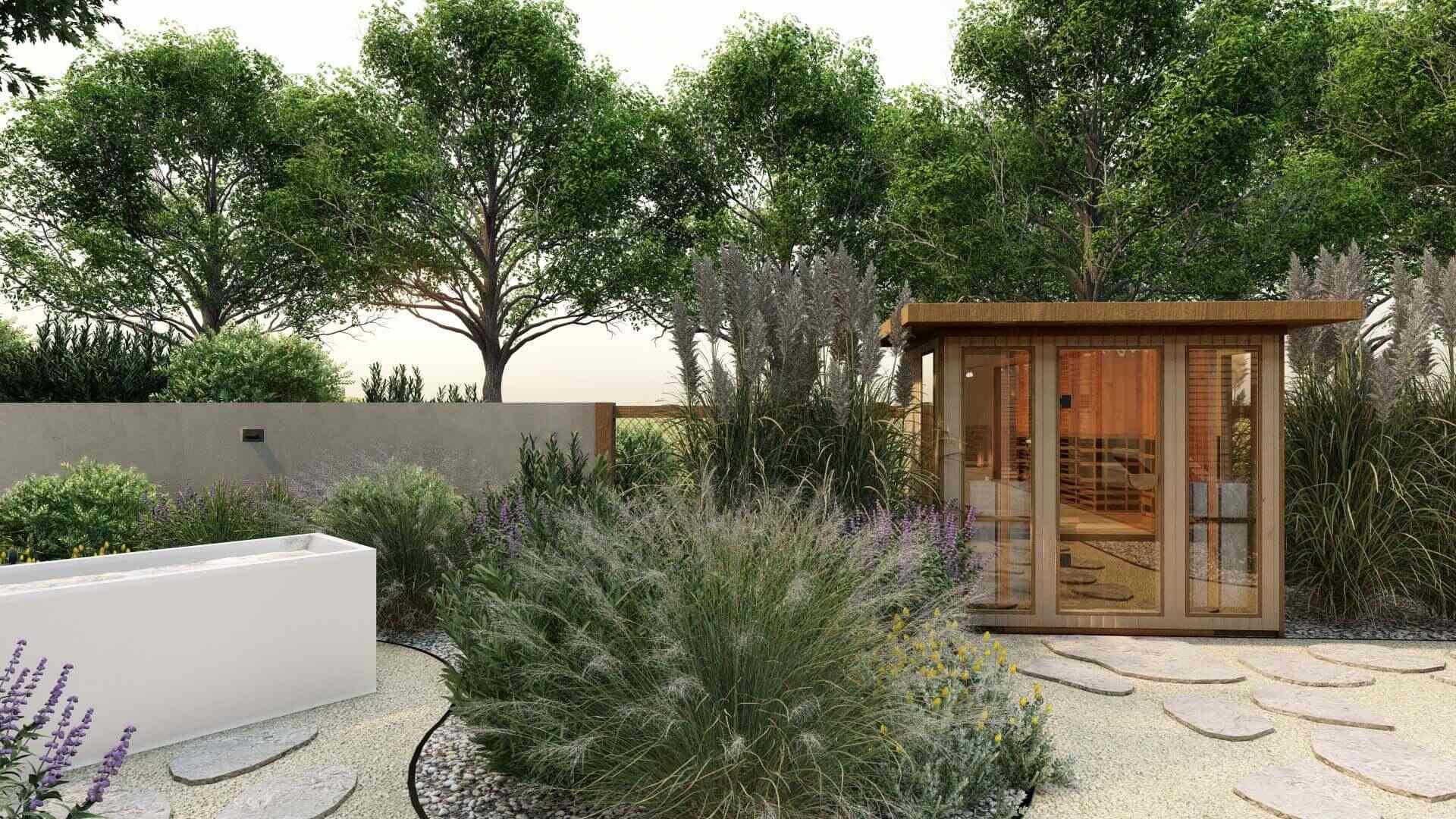
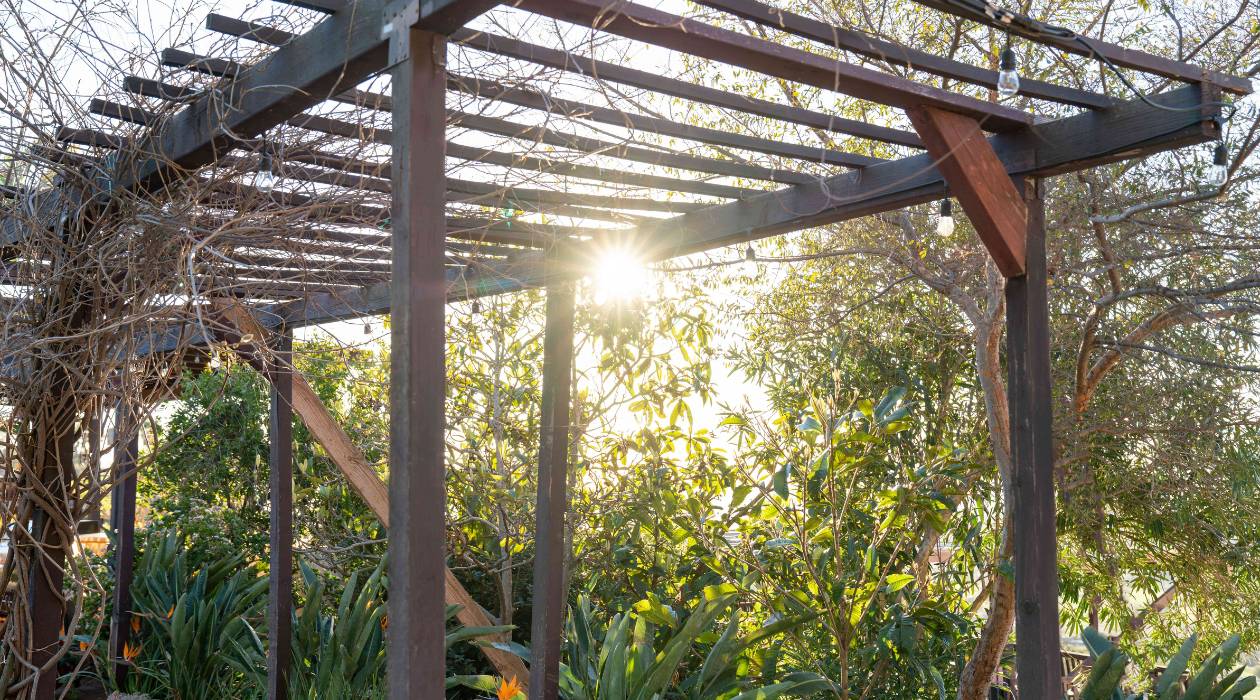
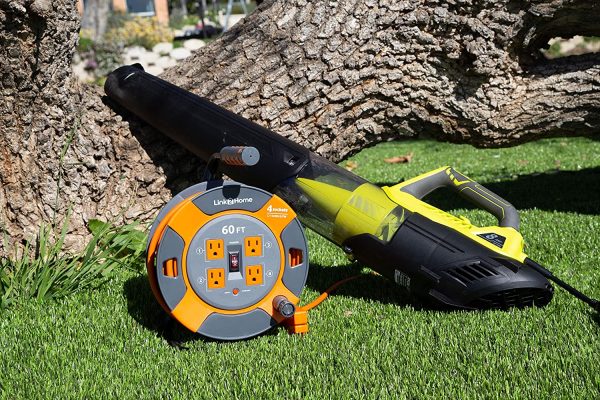
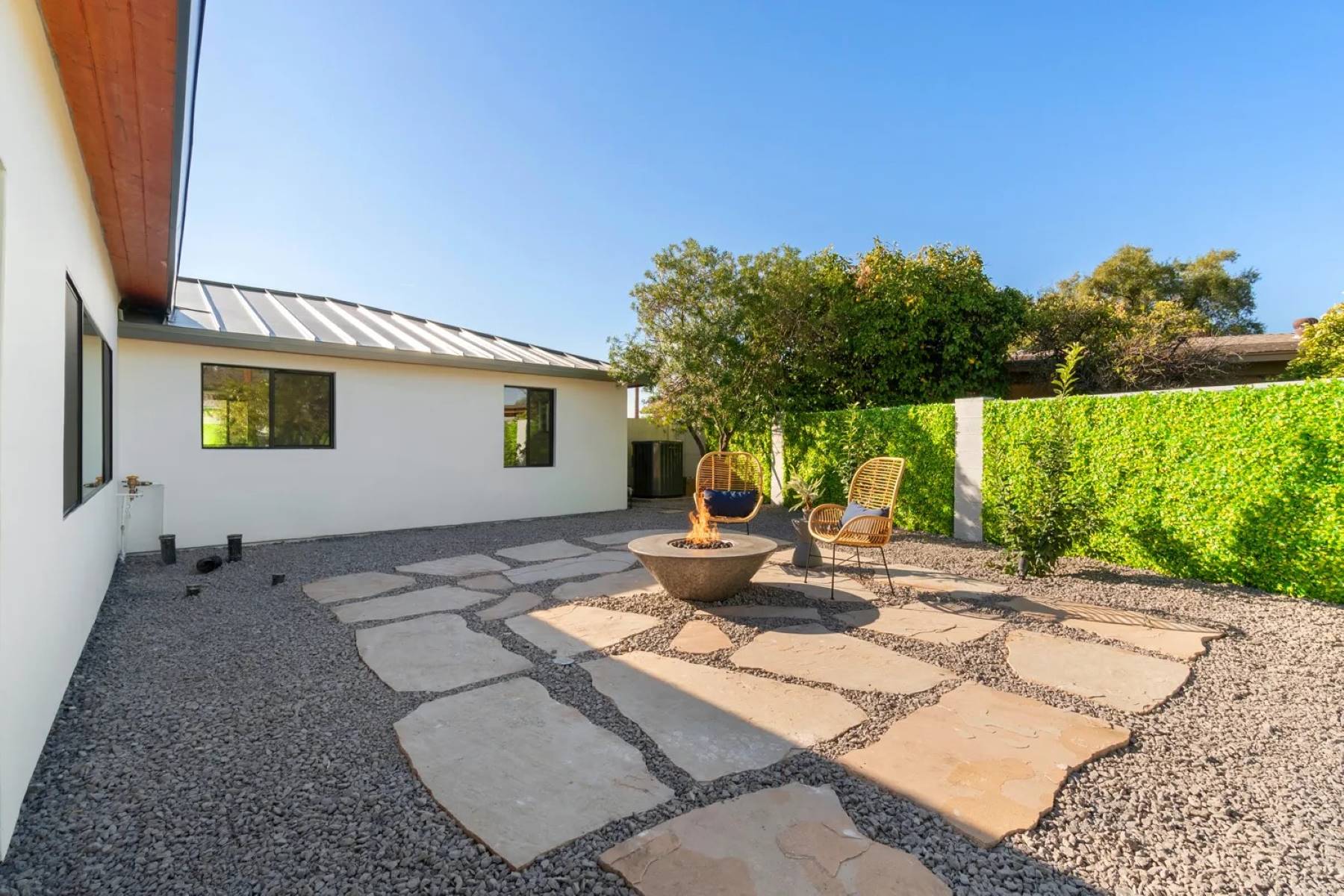
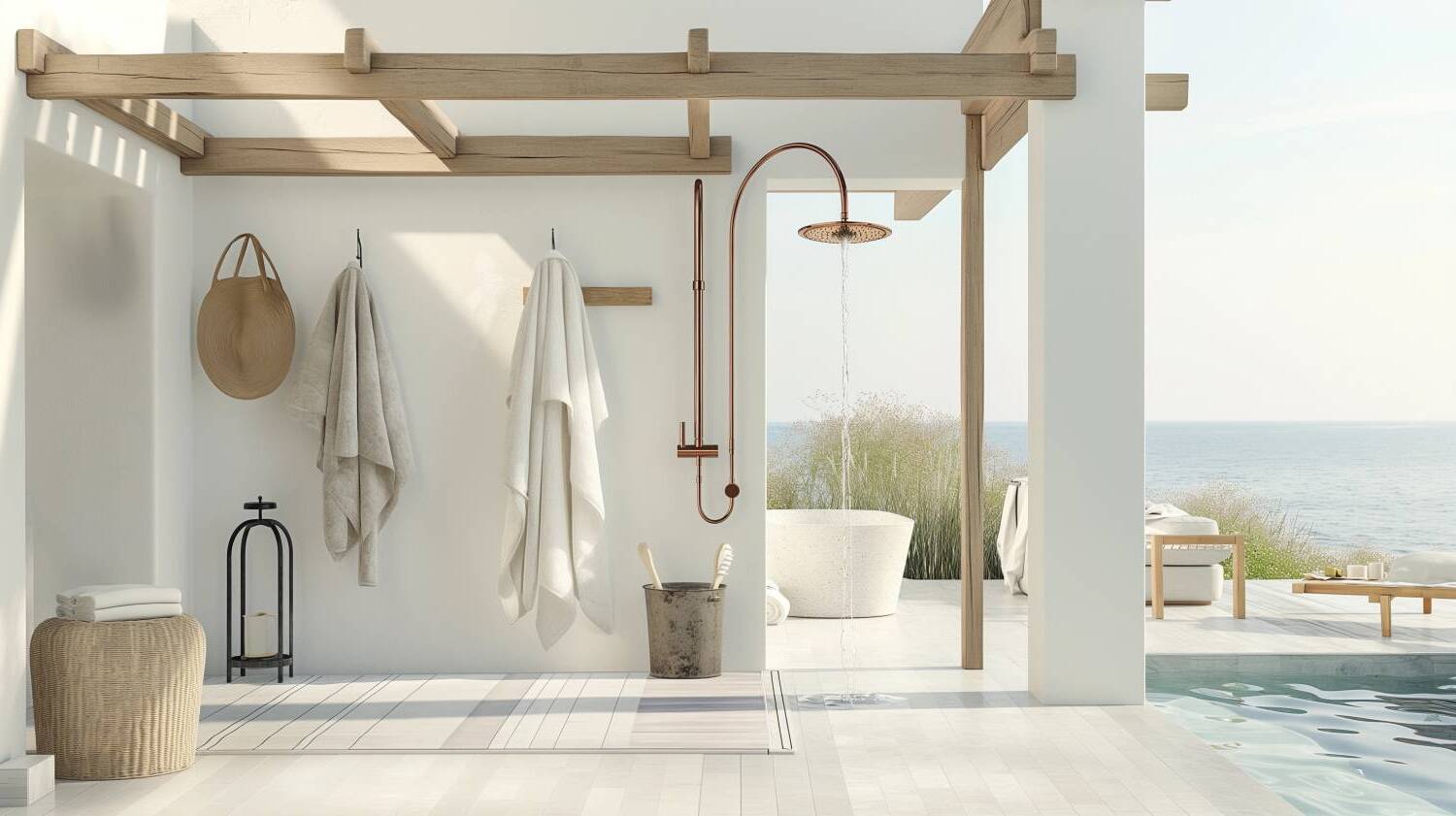
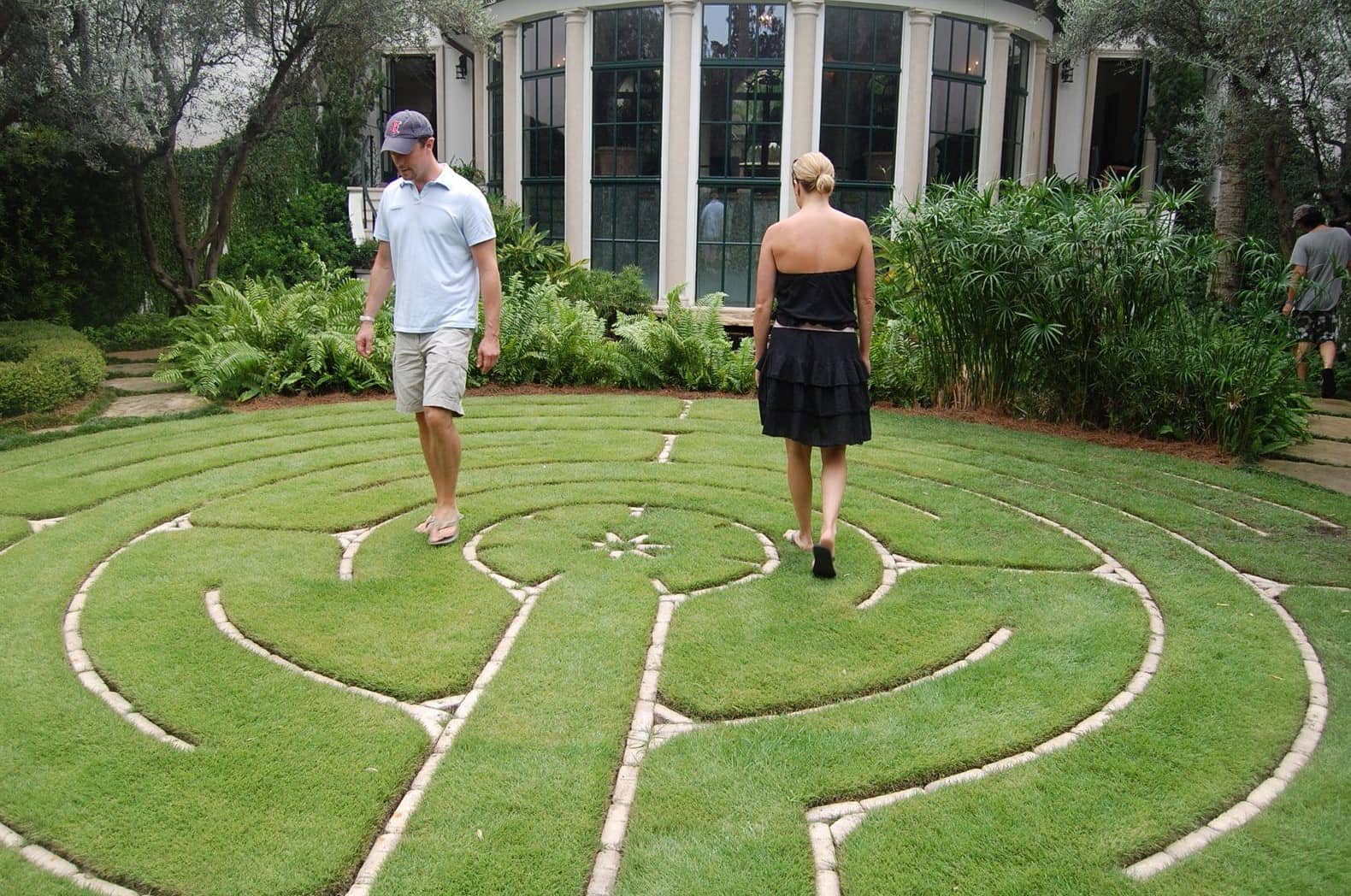
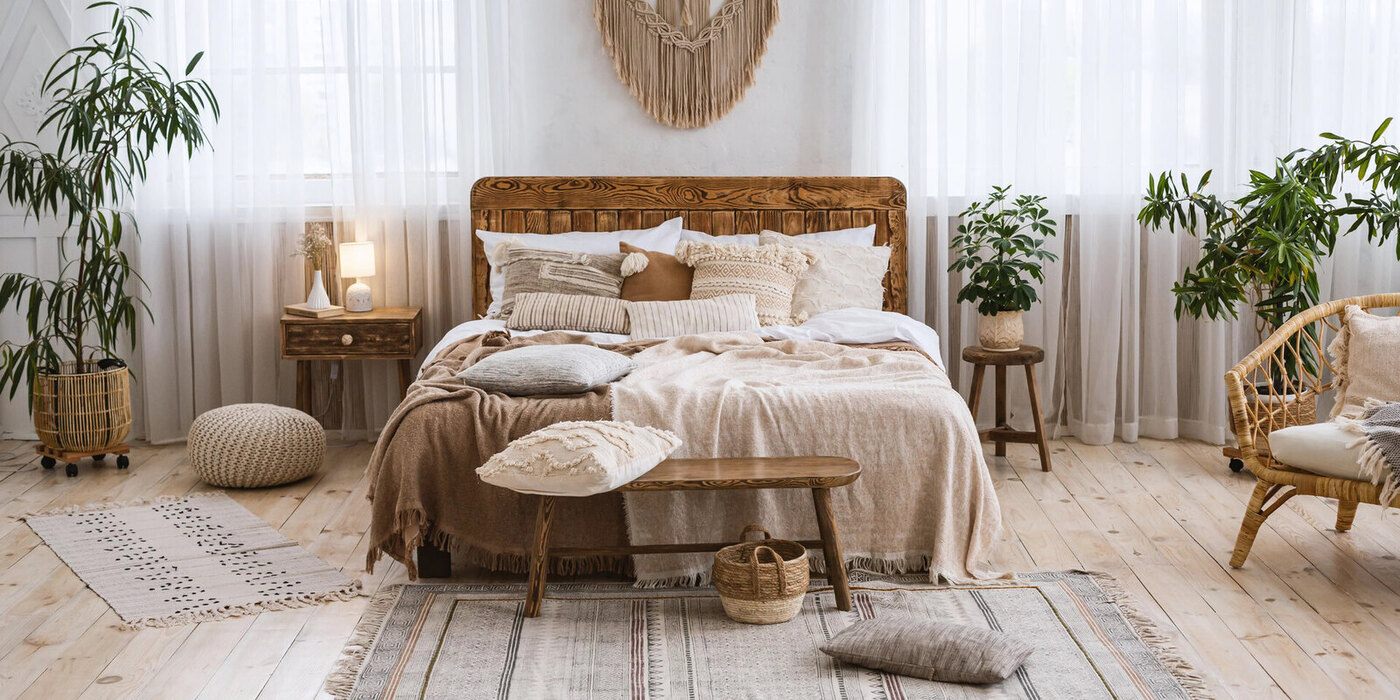
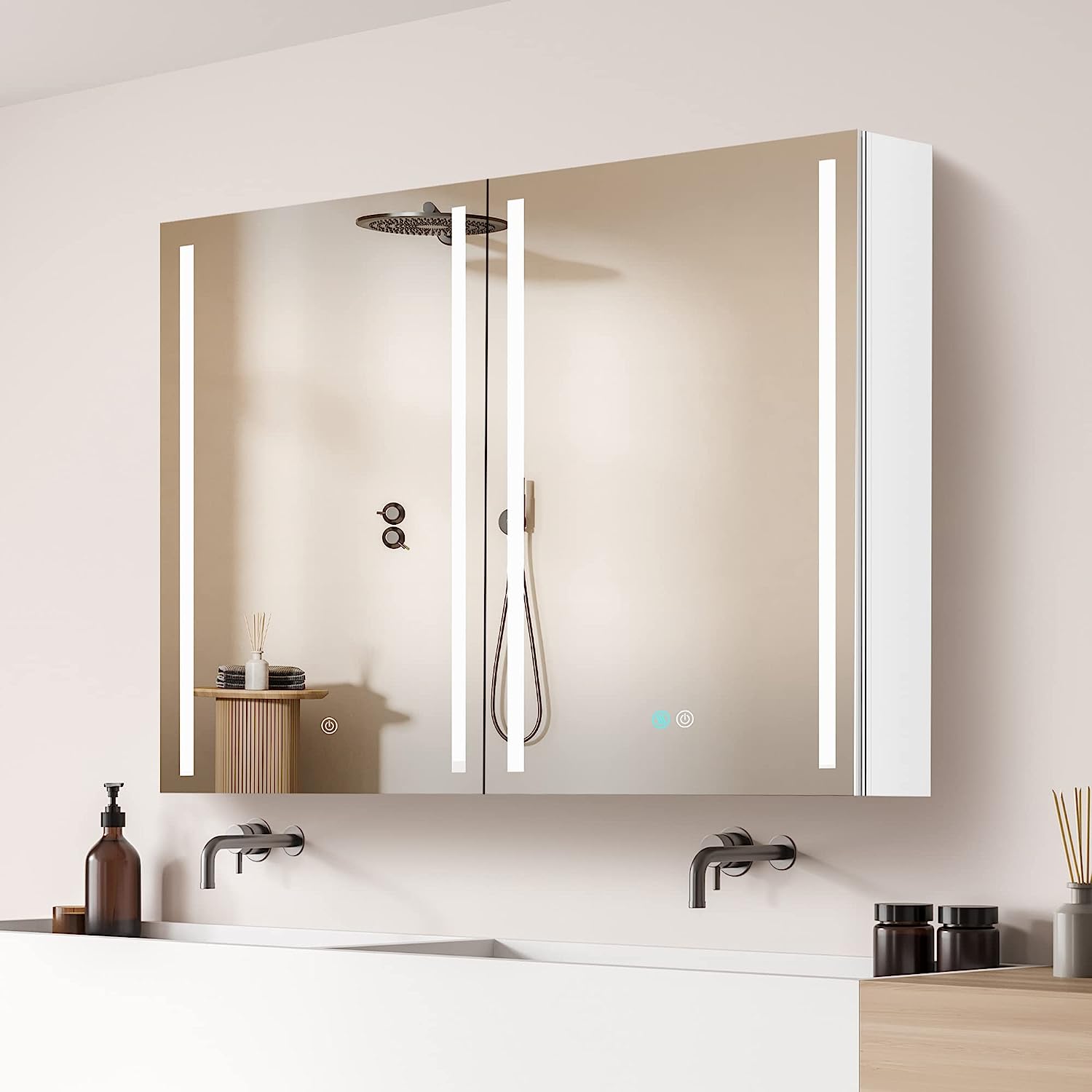
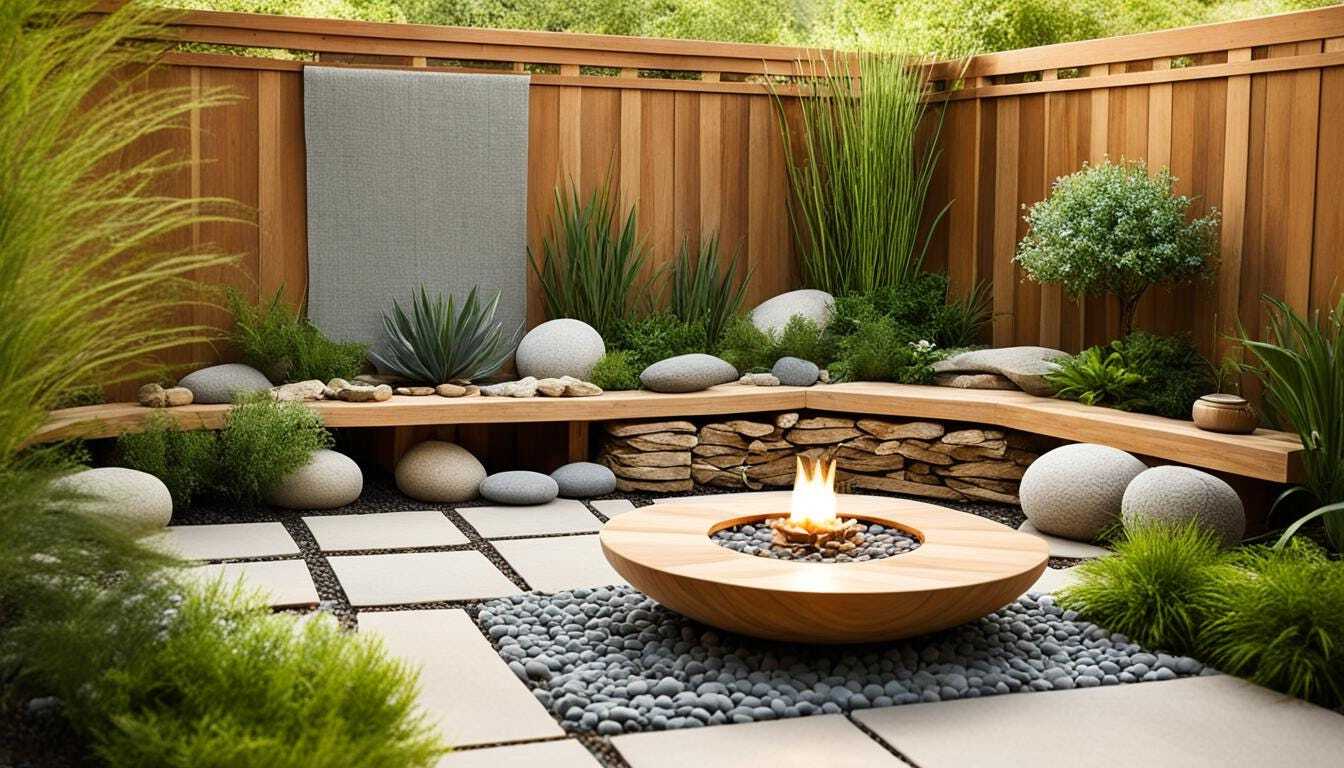
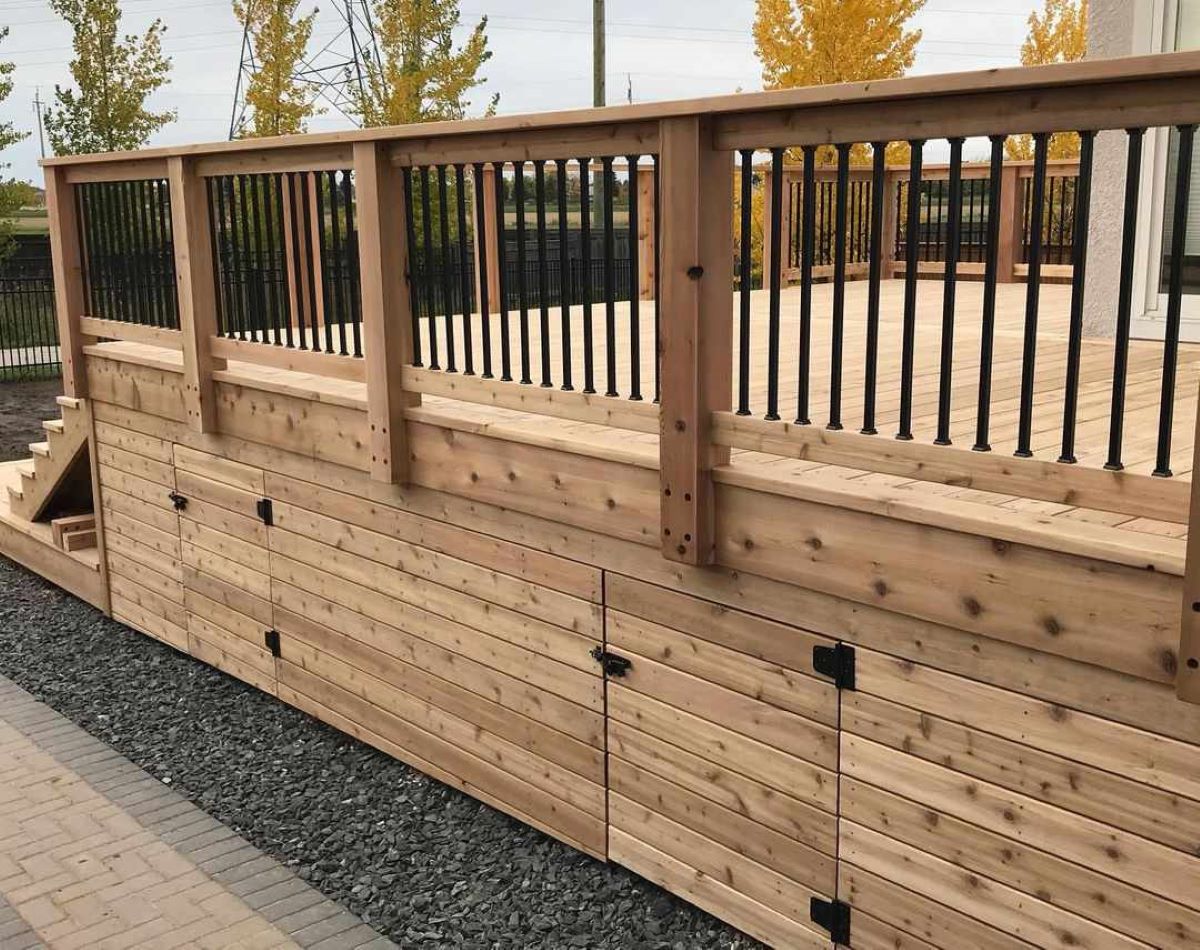
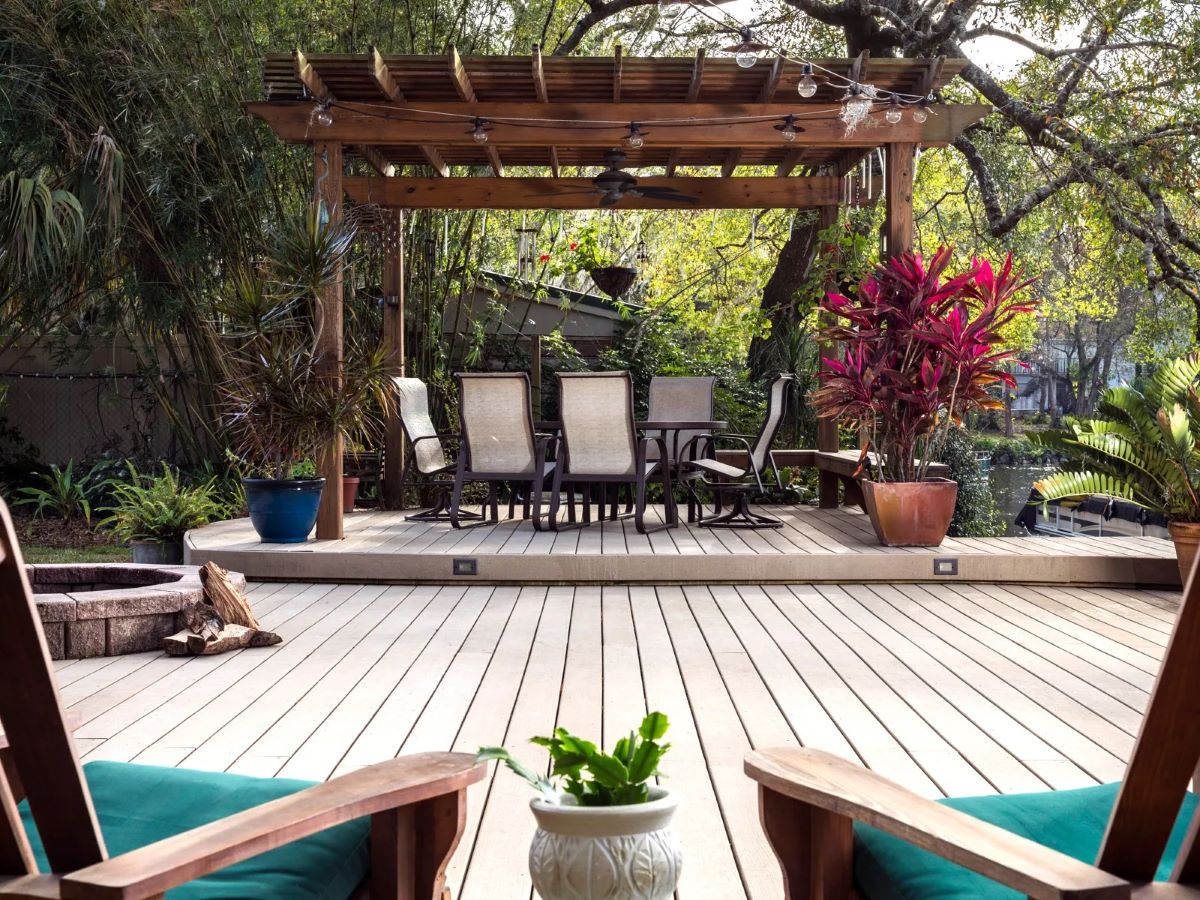

0 thoughts on “Backyard Ideas: 25 Inspiring Looks For Your Outdoor Space”